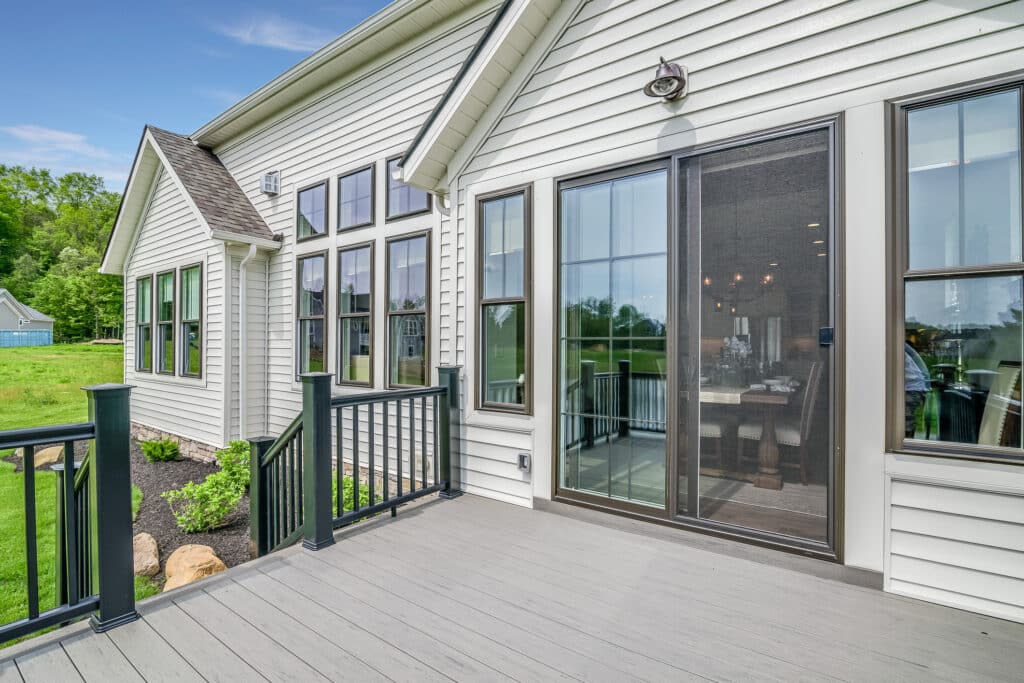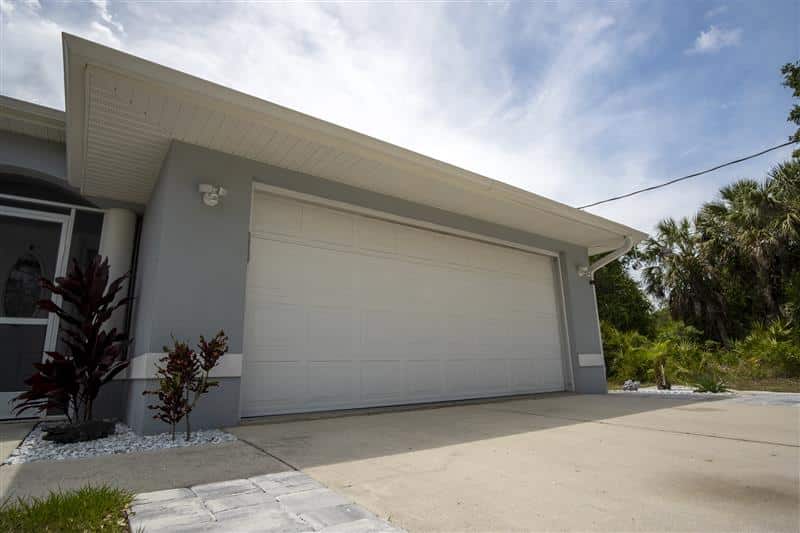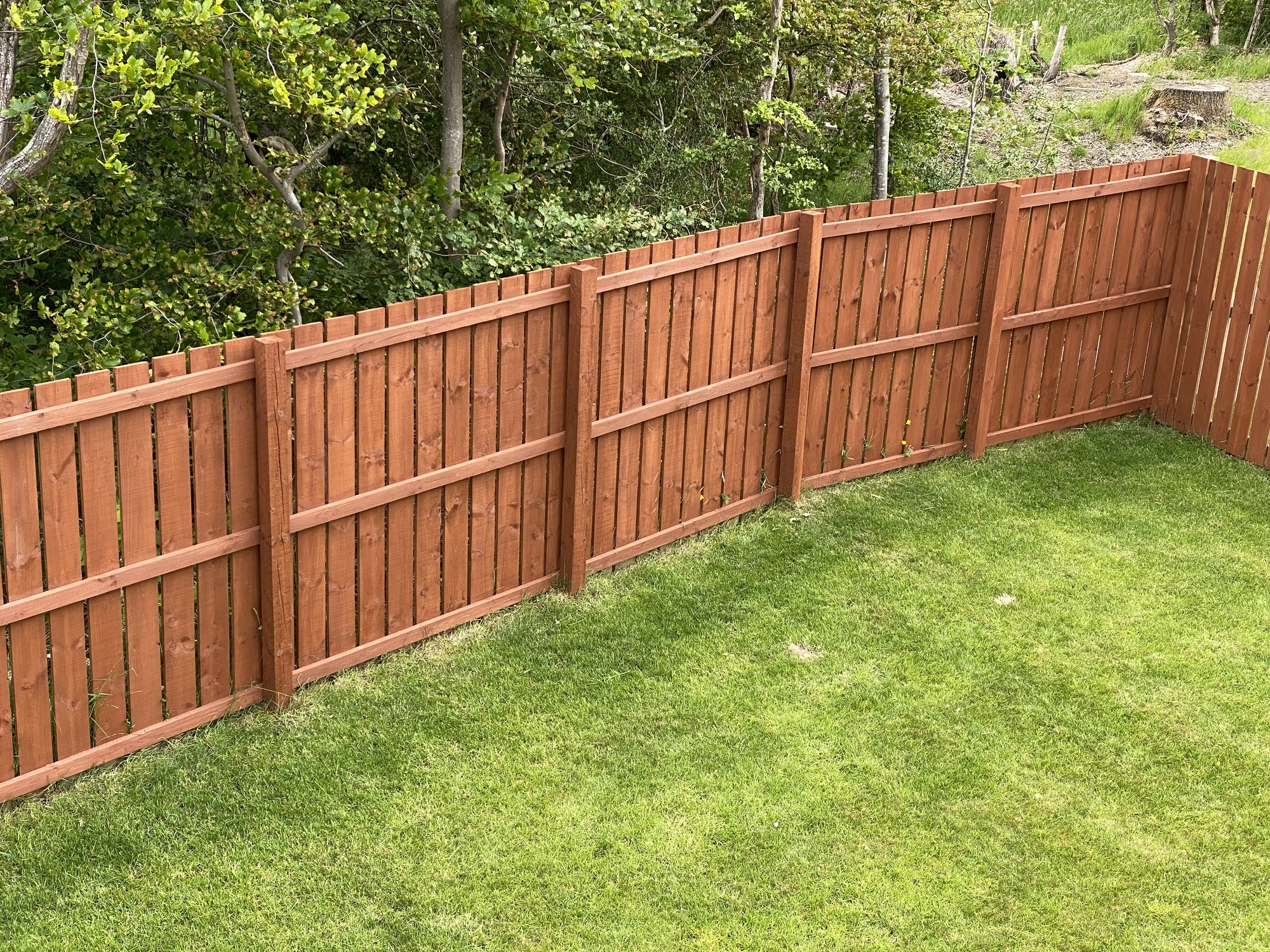Signs Your Windows and Doors Aren’t Ready for Hurricane Season

Securing your property before hurricane season includes making sure your doors and windows can withstand high winds and torrential rains. Doors and windows are a big investment for your home, and they serve a crucial purpose. They help keep your home temperature controlled and create a security barrier.
Most doors and windows have a life expectancy of about 15 to 40 years. If you live in an older home or your windows and doors have not been maintained, they may have leaks and cracks, making them vulnerable to hurricanes and storms. However, you can add home solutions that will reduce the chances of hurricane damage to your doors and windows.
Your Windows and Doors Are Vulnerable During a Hurricane
During a powerful storm like a hurricane, high winds exert tremendous force on the glass and sills of the door and window frames. Flying debris like branches, unsecured patio furniture, and damaged structure parts can get blown into the doors or windows, breaking or cracking them. In addition, wind-driven rain can get forced between the cracks and frames of the windows and doors, causing potential water damage.
You want to be sure your windows and doors hold up during a storm. The last thing you need is to have a window or door blow out and let water and high winds into your home, potentially causing extensive damage. Learn about the signs that your home’s doors and windows are vulnerable and solutions to prevent hurricane damage to them.
Signs of Bad or Aging Windows and Doors
Check these features to see if your windows and doors are ready for hurricane season:
The House Feels Drafty
If your home feels cold or hot even with a properly working HVAC system, you may have to find a solution to sealing the doors and windows. Not only are these house components vulnerable, but you’re wasting energy by allowing temperature-controlled air outside.
Visible Light Under the Door and Around the Windows
You may notice sunshine pouring through the sills and around the window frames during the day. You can check to see how bad the gaps are at night with a flashlight shining from the outside. Visible light means the windows or doors aren’t fitting properly and can come loose from their frames during high winds.
Cracks in the Weather Stripping
Inspect the weather stripping around the sills and frames. If there are cracks, splits, or pieces missing, you want to have it replaced. Consult with a weather protection expert to determine the right type of weather stripping for your home.
Cracked Glass or Splintered Frames
Cracked glass is a sure sign that your windows or door inserts aren’t ready for storm season. Glass is already vulnerable to high winds, and when it’s cracked, the glass can easily shatter. Also, check to see if the door frames and window seals are splintered or cracked. If they are, replace them as soon as possible, as these components help to keep your home secure.
Doors and Windows Don’t Shut Tightly
Test the door to see if it shuts tightly. If the door was improperly hung, the foundation of your home is shifting, or the wood has shrunk, the latches won’t catch properly. Windows that don’t shut properly can easily be broken, including coming off their frames entirely.
Solutions for Preparing Your Doors and Windows for a Hurricane
Now that you’re aware of the signs of aging or poorly installed windows and doors, here are some solutions to making your home more secure and less vulnerable to hurricane damage.
Add Impact-Resistant Film
You may have seen some people put masking tape in an X-shape over their windows to try and give them more support. This practice won’t stop damage from a hurricane. Instead, apply impact-resistant film to the windows. Several manufacturers make impact-resistant film that helps prevent shattering from flying debris. You can get this in clear or with solar control.
Invest in Impact-Rated Windows
Although more expensive, impact-rated windows are a savvier and more long-term option for hurricane protection. The glass is designed to withstand high winds, most projectiles, and high pressures without shattering. Impact-rated windows are a permanent feature of your home and do not detract from allowing natural light in or take away the aesthetics of your home.
Add Wind-Resistant Doors
Consider having wind-resistant doors installed as well. As with impact-rated windows, these doors are built to handle high winds and resist most flying debris. Consider adding an external storm door for extra protection from the elements.
Install Double or Triple-Pane Glass
Many older homes have single-pane glass, which is extremely prone to breaking and vulnerable during a hurricane. Consider upgrading to double- or triple-pane glass windows and door inserts for extra insulation and durability.
Install High-Quality Storm Shutters
For decades, homeowners and businesses in hurricane-prone areas have used storm shutters to protect windows and doors. These are applied externally to prevent damage from wind and flying branches, rocks, and other damaging items. Storm shutters come in a variety of styles, colors, and materials. Consult with your local window and door company to have storm shutters added to your home.
Upgrade Door and Window Hardware
Hardware like latches, hinges, knobs, and slides age over time. If you notice any of these pieces of hardware rusting, not catching, or closing improperly, have them replaced. Ask for equipment designed for storm doors and heavy-duty use.
Will My Insurance Cover Broken Windows and Doors Due to a Hurricane?
Consult with your insurance carrier for details of the home insurance coverage. Most policies will cover broken doors and windows if you have wind damage coverage. In addition, your policy should cover interior damage from wind-driven rain; however, you may need a special rider for flood damage due to rising creeks or seawater. Be sure to understand your homeowner’s insurance policy before hurricane season and add extra coverage or a flood insurance policy for long-term savings on costly repairs.



